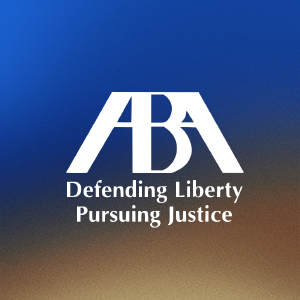Excited Utterance
California Evidence Code section 1200 prohibits the use of hearsay evidence in criminal trials unless it falls within some exception to the hearsay rule. Hearsay is a statement or assertive conduct made outside of court and is offered in court to prove its truth. A statement offered for some other purpose other than to prove the facts in the statement is not hearsay. The reason for the hearsay rule is that hearsay statements are less reliable as evidence than statements made in court by witnesses sworn to tell the truth.
Examples of hearsay evidence:
- The wife of the defendant in a spousal abuse case told her neighbor that her husband had hit and assaulted her – the wife does not testify at her husband's trial. Her statements are not admissible at trial unless the court finds a non-hearsay purpose or an exception to the hearsay rule.
- The victim in a sexual assault case gives statements to the police immediately after the assault occurred - the victim does not attend the trial to testify. Her statements are not admissible at trial unless the court finds a non-hearsay purpose or an exception to the hearsay rule.
An excited utterance (also referred to as a spontaneous statement) is a statement relating to a startling event or condition made while the declarant (the person who made the out of court statement) was under stress caused by the event or condition. The statement must concern the immediate facts of the startling occurrence and must be made before the declarant had time to reflect upon it. An excited utterance may be allowed in evidence as an exception to the hearsay rule on the theory that people rarely lie under these circumstances. One factor considered by the court is the period of time between the startling event and the out-of-court statement. However, there is no definite or fixed period of time within which the declaration must have been made and each case must depend upon its unique circumstances.
Client Reviews
-
God Bless you Stephen, wish you all the successes in life.
“Stephen is a great contact and extremely helpful and knowledgeable. I am glad that I was his client in the past. Top lawyer, top man. God Bless you Stephen, wish you all the successes in life.”
-
Don't hesitate to contact them!
“I was referred to this group of Attorneys. I was started with a low cost made arrangements. My case had to do with assault allegations. The case was dismissed they helped me not to loose my daughter to the system.”
-
Never Talk To Police
Know your rights when questioned by law enforcement.
Defend Your Rights -
Learn What To Do When Confronted and Interviewed By The Police
Honest & practical advice during a free initial consultation. Call now to get started!
Read More -
Don't Plead Guilty!
A plea bargain may not be in your favor. Let us help evaluate all of your options.
Learn More








